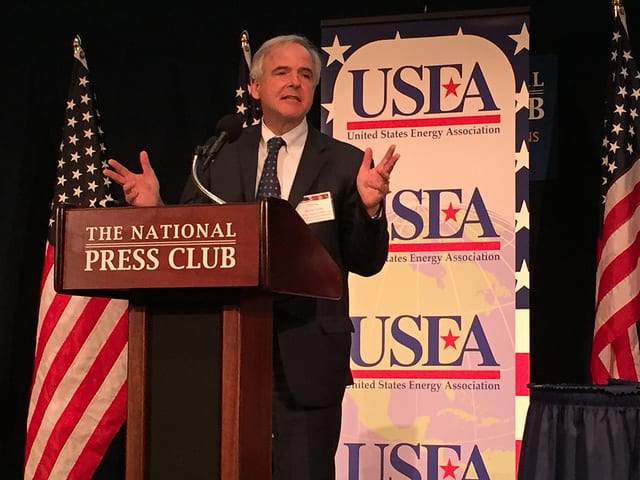
After decades on staff and one term as a member of the U.S. Nuclear Regulatory Commission, Stephen Burns plans to retire in June — for the second time.
Burns noted his decision during an all-staff meeting Monday near NRC headquarters in Rockville, Md. “At…